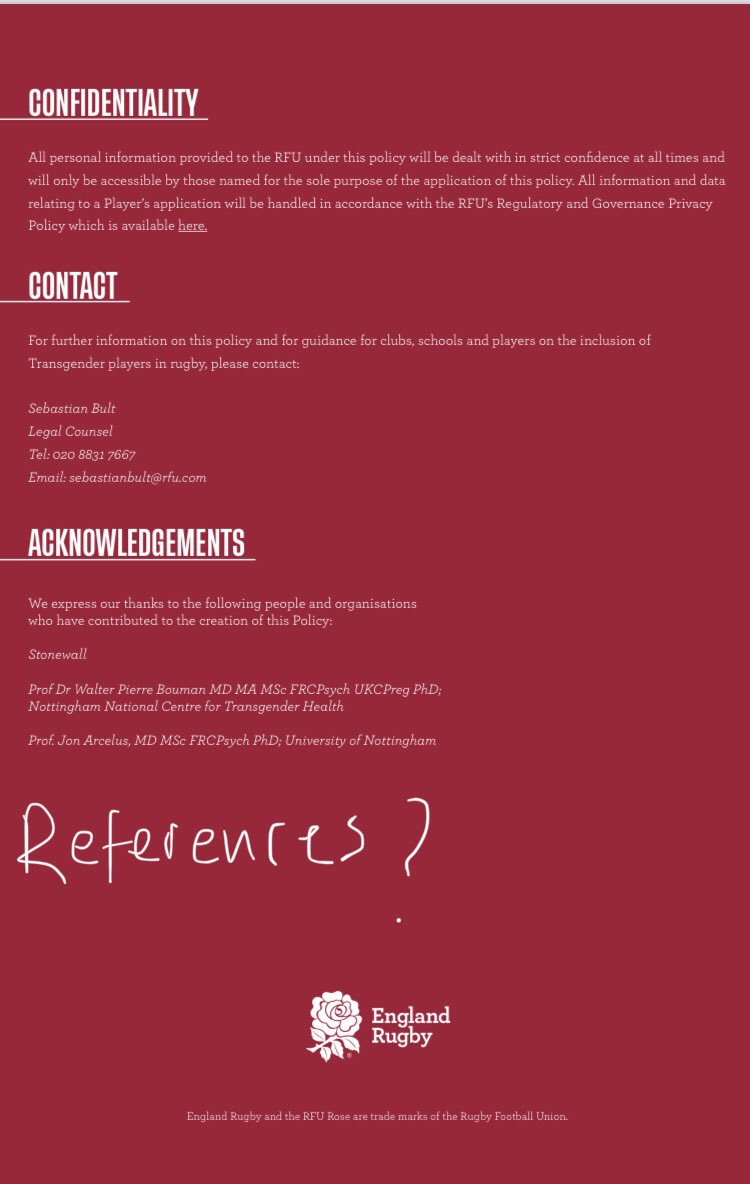
The proposal that sports be divided into ‘performance pools’ undermines the very nature of competitive sport.
https://twitter.com/terryazoome/status/1319955547391746049
Let’s say I am matched in an boxing competition with a male of the same height, strength and speed. Our ‘output’ is considered equivalent, and thus the competition is deemed fair.
It is not fair.
It is not fair.
Male physical output is a composite of two factors - male puberty and natural talent. Female physical output lacks the contribution of male puberty.
Consider a Top Trumps analogy.
Both I and the matched male score 100 for punching. Some amount of his score (say, 50 points) is derived from male puberty and its effects on muscle structure etc.
Both I and the matched male score 100 for punching. Some amount of his score (say, 50 points) is derived from male puberty and its effects on muscle structure etc.
His natural talent for punching is only 50 points, while my natural talent for punching is 100 points.
Let’s say he (marginally) wins this round. He has won *despite a deficit in natural punching talent*. He has won because this deficit in natural talent has been filled by male puberty points.
If I score 100 for natural talent, and had had the extra points that male puberty confers, my punch ability would output at 150 points and I’d knock him out every time.
Because I’m better at boxing than he is.
Because I’m better at boxing than he is.
Sporting competitions reward natural talent.
To determine who has the most natural talent, sporting competitions are organised in a way that removes the benefit of the talent-independent headstart a male has.
To determine who has the most natural talent, sporting competitions are organised in a way that removes the benefit of the talent-independent headstart a male has.
Why should I, a boxer with a larger amount of natural talent, be beaten by a male with less?
That’s not in the spirit of competitive sport.
That’s not in the spirit of competitive sport.
• • •
Missing some Tweet in this thread? You can try to
force a refresh





